Rapid Mobilization: How the West Was Won

Editor’s Note: On page 15 of this issue we highlight the power of the Methodist Movement in Britain. That nation was transformed by John Wesley and the Methodists as people became members of mandatory small group “class meetings.” They came to know Christ, learned to read by studying the Scriptures and singing hymns, confessed their sins one to another and became frugal, hard working and sober. Through obedience to the Word, they became circuit riders and non-professional pastors to spread the gospel even further. They employed many of the characteristics of the Church Planting Movement methodology of our day to very remarkable effect. The following story tells of the similar impact the Methodist movement had in the United States as the country moved westward. Like the movement in Britain, the movement in the U.S. also began to decline when “class meetings” were no longer required and the Methodists began to require seminary education instead of allowing pastors to rise up from the class meetings. See the sidebar on page 17 for more on this.
When the 26 year-old Methodist pioneer, Francis Asbury, arrived in the American colonies in 1771, he believed he was called to fulfill a great destiny. He was right—although that destiny was far greater than he ever imagined. In 1771 there were only 300 American Methodists, led by four ministers. By the time of Asbury’s death in 1816, Methodism had 2,000 ministers and over 200,000 members in a well-coordinated movement. By 1830 official membership was almost half a million, and the number of actual attenders was six million. Most of these people had no previous church connection before they became Methodists.
Asbury, like his mentor John Wesley, modeled the commitment required to achieve such success. Throughout his ministry Asbury delivered more than 16,000 sermons. He traveled nearly 300,000 miles on horseback. He remained unmarried so that he could devote himself fully to his mission. He was often ill and had no permanent home. He was paid the salary of an ordinary traveling preacher and was still traveling when he died at 70 years of age.
Asbury’s leadership and example inspired an army of circuit riders, many of whom followed his example and remained unmarried. There were no formal vows, but in the early days of the movement the majority of the riders lived by the three rules of the monastic orders: poverty, chastity and obedience. Methodism was a kind of Protestant missionary order under one leader, adapted to reaching isolated communities in harsh conditions across an entire nation.
Jacob Young, a typical circuit rider, was 26 years old in 1802 when he took up the challenge of pioneering a Methodist circuit along the Green River in Kentucky. Young developed his own strategy to evangelize the region. He would travel five miles, find a settlement and look for a family who would let him preach in their log cabin to interested friends and neighbors. Sometimes he found groups already gathered, waiting for a preacher to arrive; in one location he discovered a society run by an illiterate African American slave with impressive preaching and leadership skills. Young established class meetings wherever he went to be run by local leaders in his absence.
Circuit riders like Jacob Young began with limited formal education, but they followed the example of Wesley and Asbury and used their time on horseback for study. They spoke the simple language of the frontier.
They faced ridicule and even violence, with courage and endurance. Above all else they sought conversions. Within a year of his call, Young had gathered 301 new members; for his efforts he received just $30—a cost of ten cents per new member.
In 1776 only 17 percent of the American population was affiliated with any church. By 1850 that number had doubled to 34 percent. Most of the growth was as a result of the gains by the Methodists and Baptists on the frontier. Francis Asbury could never have reached a nation as vast as the United States, no matter how many miles he rode and no matter how many sermons he preached, without rapidly mobilizing young circuit riders like Jacob Young.
The Protestant mainline denominations (Episcopalians, Presbyterians and Congregationalists) failed dismally to keep pace with these Baptist and Methodist upstarts. Having succumbed to a more settled version of the faith and having lost the zeal for evangelism, the message of the mainline denominations became too vague and too accommodating to have an impact.
The clergy of the mainline churches were well educated and refined, drawn from the social elites. At least 95 percent of Congregational, Episcopalian and Presbyterian ministers were college graduates, compared to only 10 percent of the Baptists. As a combined group the mainline denominations had trained 6,000 ministers before the first Methodist minister graduated from a seminary.
Higher education lifted the mainline clergy above the social status of their congregations and turned them into religious professionals. Secularized theological education and social background influenced both the content of their message and how it was delivered.
The clergy preferred to educate their hearers rather than convert them. The clergy’s carefully drafted scholarly sermons did little to stir hearts; they were out of touch with the common people. There also weren’t enough of them; it was not possible to mobilize enough well-educated, well-paid clergy to respond to the challenge of the rapidly expanding frontier. If expansion had been left to the older denominations, American Christianity may have ended up today looking more like the church of Europe—theologically refined, but declining.
So the mainline clergy watched from the safety of the larger towns and cities along the Atlantic seaboard while the Baptists and Methodists moved west. On the frontier it was hard to tell Methodist and Baptist preachers apart. They were ordinary folk with limited education. They spoke the language of the people and preached from the heart about the need for salvation from sin. As they preached, the power of God was not only spoken about, it was experienced. Methodist pioneer Peter Cartwright recalled that, “while I was preaching, the power of God fell on the assembly and there was an awful shaking among the dry bones. Several fell on the floor and cried for mercy.”
The Baptists and the Methodists developed strategies that made it easy for gifted and committed laypeople to take up leadership and go where the people and the opportunities were. Deployment was rapid because very little upfront investment of resources and education was required. Methodist preachers, many of whom were teenagers, were trained on the job as “apprentices” by more experienced workers. They were expected to be continually studying as they traveled. They practiced lifelong learning and graduated the day they died.
The Methodists were centrally governed, whereas the Baptists believed in local autonomy. But in actuality, both movements planted self-governing congregations. The Methodist circuit riders did not have the time to settle down in one place and take control. Their role was to pioneer new works and mobilize local workers to continue the ministry in depth. These self-governing congregations were well suited to rapid multiplication in the frontier culture.
Methodism gave unprecedented freedom to both women and African Americans to engage in ministry. Methodist preachers called the converted to join a growing movement and offered them the opportunity to make a significant contribution—as class leaders, lay preachers or even circuit riders. Some women served as preachers, and many more served as class leaders, unofficial counselors to the circuit riders, network builders and financial patrons.
Large numbers of African American Methodist preachers emerged following the Revolutionary War. Some were well-known public figures. Harry Hosier, probably born a slave, traveled with Asbury and other Methodist leaders and preached to large crowds, both white and black. Methodists and Baptists, unlike the established churches, preached in a way uneducated slaves could understand and affirmed the place of spiritual experiences and emotion. African American preachers played a significant role in shaping the Methodist movement.
The Baptists and Methodists flourished because they mobilized common people to preach the gospel and plant churches wherever there was a need. The Presbyterians, Episcopalians and Congregationalists languished because they were controlled by well-paid clergy who were recruited from the social and financial elite. Early growth was dramatic for the Methodists—from 2.5 percent of the church-going population in 1776 to 34 percent in 1850, with 4,000 itinerant preachers, almost 8,000 local preachers and over one million members. This made them by far the largest religious body in the nation. There was only one national institution that was more extensive: the U.S. government. This achievement would have been impossible without the mobilization of ordinary people—white and black, young and old, men and women—and the removal of artificial barriers to their engagement in significant leadership such as class leaders, local workers and itinerant preachers. Unfortunately, the Methodist rise was short-lived. Whereas before 1840 the Methodists had virtually no college educated clergy among their circuit riders and local preachers, their amateur clergy was gradually replaced by seminary educated professionals who claimed the authority of the church hierarchy over their congregations. Their relative slump began at the same time; by the end of the 19th century the Baptists had overtaken them in numbers.







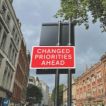
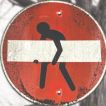
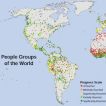

 The Geographic Center of Unreached People Groups Weighted by Population
The Geographic Center of Unreached People Groups Weighted by Population 



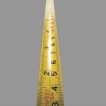










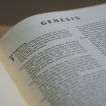
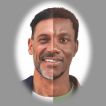










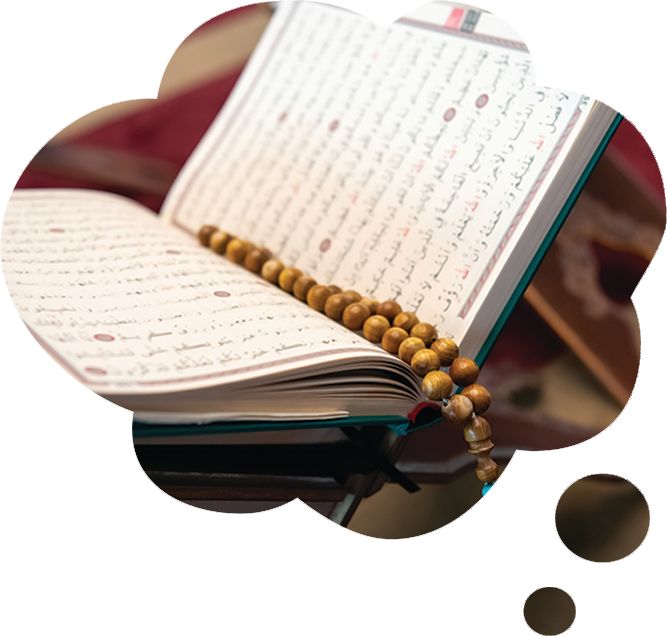
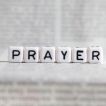

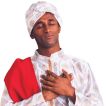
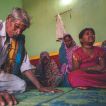


















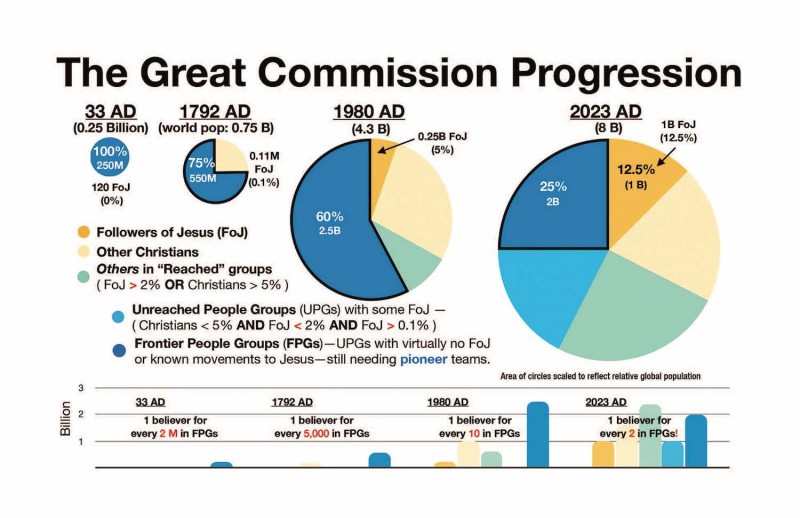


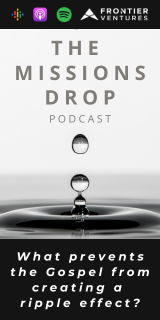
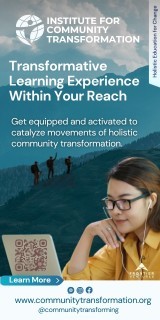

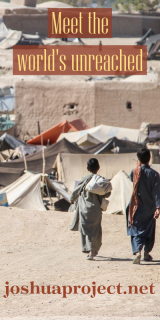
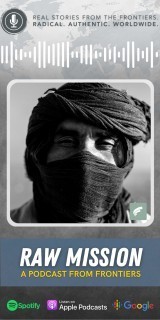
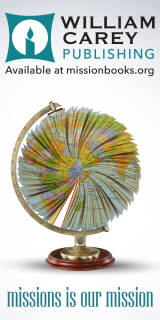
comments